
חודש אלול
Elul
The Month of Teshuvah (Repentance)
א’ אלול- כ”ט אלול / September 4-October 2, 2024

WHAT IS ELUL?
Elul is the twelfth and final month in the Hebrew calendar. The month precedes Rosh Hashanah and Yom Kippur, days of judgment and attornment. As such, the month of Elul is a serious time of preparation. One month remains before the arrival of Rosh Hashanah, at which time every member of humanity will stand in judgment and be evaluated. Based on calculations of vast importance, Hashem formulates decrees of every kind for the coming year. Each man’s destiny is decreed on this awe-inspiring and frightful day. Elul is the month to prepare.
Who will live through the year? Who will die? Who will remain healthy? Who will become ill? Who will find success? Who will become impoverished? Which countries will prosper? Which ones will be destroyed? Every event that transpired over the year was decreed ahead of time on Rosh Hashanah, and everything that will happen in the coming year will have been decreed on the coming Rosh Hashana. As such, it behooves us to prepare ourselves properly for judgment day.
Elul can be understood to be an acronym for “אני לדודי ודודי לי” – “I am for my Beloved, and my Beloved is for me” (Shir Hashirim 6,3). This means that Hashem is our most beloved, and we are most cherished in Hashem’s eyes. And because we are so precious to Hashem, He urges us to be ready for judgment day. Showing up to court unprepared is a recipe for disaster. Intelligent people prepare ahead of time, and judgment day is no different. As such, Elul is a time for introspection and repentance and forging a closer connection with Hashem.
Prepare for The New Year…
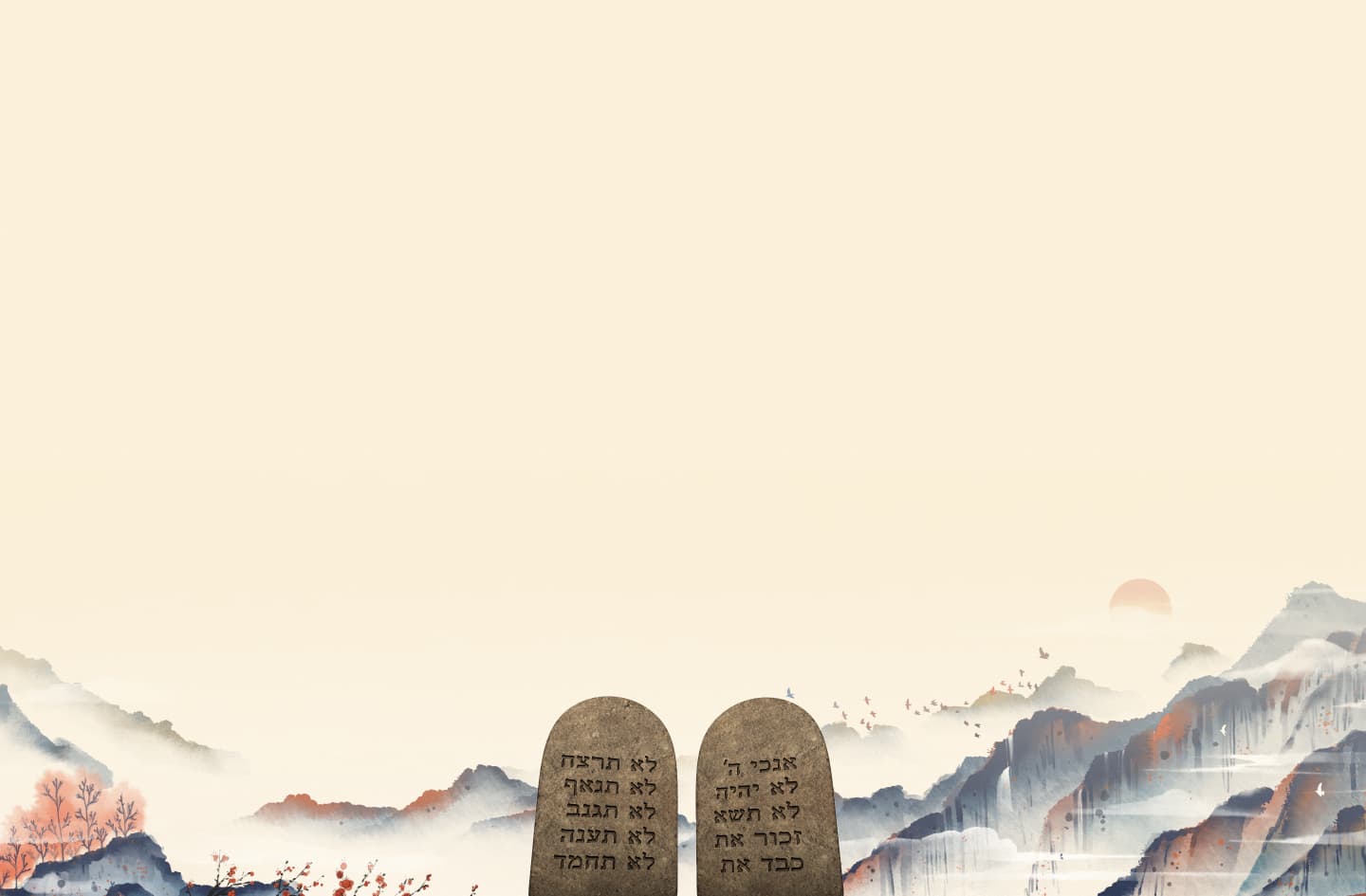
IN JEWISH HISTORY
Let’s begin with a little bit of history.
When the Yidden traveled in the desert, shortly after receiving the Torah on Mount Sinai, the incident of the חטא העגל – Golden Calf transpired. Moshe was on the mountain for forty days, after which Hashem informed him that the nation was served a calf. Moshe descended from the mountain and shattered the luchos – tablets. That event took place on the seventeenth of Tamuz. At that time, Hashem told Moshe that He had had enough. If Moshe “allowed,” Hashem would annihilate the Jewish nation and begin anew with Moshe. As the destiny of the Jewish nation hung precariously in the balance, Moshe summoned every ounce of strength and begged Hashem to relent. Hashem accepted Moshe’s entreaty and forgave the Jewish nation.
After Moshe smashed the tablets, called the Leviim, and exacted retribution on the sinners, he delayed returning to the mountain. It wasn’t until Rosh Chodesh Elul [the first day of the month of Elul] that Moshe ascended Mount Sinai for another forty days, returning on Yom Kippur with the second tablets. On Yom Kippur, Hashem forgave the Jewish nation for the sin of the Golden Calf.
During Elul, Moshe was on the mountain begging Hashem for forgiveness. This was when Hashem “extended a hand” by offering us a second chance. In every generation, this time of year has been designated as a time to plead for forgiveness from Hashem and rectify mistakes we may have made throughout the year.

WHAT DO WE DO IN ELUL?
The Jewish month of Elul holds great significance for the Jewish nation. However, we do more than rely on this time of year’s historical and symbolic aspects. As is customary, we perform appropriate acts for this time of year.

Teshuva [repentance]
The word Teshuva means to return. When we do Teshuva, our souls return to the state of innocence before we sinned. According to Rambam, there are four steps to the process of repentance, without which repentance is incomplete. They are: 1) Leave the sin 2) Regret the sin 3) Admit the sin (must be spoken out) 4) Commit to never repeat the sin

Forgiveness
For sins between man and his fellowman, additional steps are required. First and foremost, one must right the wrong (i.e., return stolen money). Next, one must ask the offended party for forgiveness. Without forgiveness from the harmed party, Hashem will not forgive. These two steps take precedence over the four steps enumerated above.

Shofar
Throughout the month of Elul, the Shofar is sounded following Shacharis each morning to arouse the nation out of its slumber toward repentance. We begin blowing the Shofar at the beginning of the month of Elul and continue until Rosh Hashana. Whenever the shofar is sounded, the blower sounds four blasts. They are, Tikiya, Shevrim, Teruah, Tikiya.
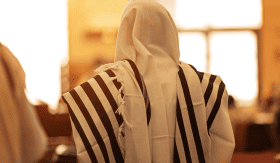
Selichos
There is an ancient custom to recite Selichos during Elul. Selichos are extraordinary and hallowed prayers designated for fast days, Yom Kippur, and the Ten Days of Repentance. The word Selichos is formed from the root word Selach, which means forgive. Thus, we understand that the Selichos are a compilation of stirring prayers in which we pray to Hashem for forgiveness.
י’’ג מדות
YUD GIMMEL MIDDOS
During the months of Elul and Tishrei, many prayers center around one central theme, the Thirteen Attributes of G-d, known as the Yud-Gimmel Middos. Let’s learn more about them.
When Hashem forgave the Jewish nation after חטה העגל [the sin of the Golden Calf], G-d told Moshe that in every generation, whenever judgment comes against the nation, they should do Hashem’s thirteen Middos (attributes), and He will forgive them. Notice that Hashem did not instruct us to recite the Yud-Gimmel Middos. Instead, He said to do them. This teaches that when we utter the Yud-Gimmel Middos during Selichos (and at other times during the year), we are not supposed to list off the various attributes of Hashem merely. Instead, we are instructed to teach these attitudes into our personalities as much as possible. This is a very significant form of serving Hashem. When we imitate Hashem’s ways to the best of our ability, we serve Hashem in an ideal and sublime way.
Hashem instructed Moshe to DO the thirteen Middos to elicit forgiveness. Considering that it is a tall task to imitate all thirteen attributes, it is a good idea to take a single trait upon oneself during the Jewish month of Elul. Choose one attribute to work on this year and another next. With time, you will slowly become a more divine human being as you forge a closer and more complete connection with Hashem.
1. ‘ה ADONAI
This name of Hashem refers to the Attribute of Mercy. While Hashem grants man free will, He knows ahead of time what we will choose. Despite His knowledge that man will sin, He still has mercy. We, too, can give people a chance even if we think they might mess up.
2. ADONAI
Our relationship with Hashem after He forgives us for our sins. Despite our wrongdoings, our value does not diminish in the eyes of Hashem. When repenting, Hashem erases sin, and we begin anew. We should forgive others, too, just like we want forgiveness.
3. ק-ל KEL
Power. The Almighty has mercy on those who sin, ensuring their survival. We, too, should use our strength and power to ensure the survival and success of others, even if we consider them undeserving.
4. רחום – RACHUM
Compassionate. Even when someone requires punishment, Hashem does it with pity. Likewise, Hashem never puts a man through an ordeal he cannot endure. We should also gently rebuke others, feel their pain, and never tempt anyone to sin.
5. חנון – CHANUN
Gracious. Hashem gives freely, even though we do not deserve it. How many of us deserve our health, prosperity, and happiness? We shall imitate Hashem by doing favors for others without expecting anything in return, even if they don’t deserve it.
6. ארך אפים — ERECH APAYIM
Slow to Anger. Hashem does not anger quickly. We, too, should keep our anger in check. The attribute of anger brings great distress into our lives and should be avoided as much as possible.
7. ורב חסד – V’RAV CHESED
Abundant in Kindness. The kindness of Hashem is so great that it is far beyond our grasp. Hashem fashioned a world out of pure kindness, and we should, too. Chesed is one of the three legs that the world stands on.
8. ואמת – V’EMES
Truth. Hashem is exacting in truth beyond our imagination. We, too, should insist on the truth. Our word should be as good as gold. If we say something, we should mean it. We should do well on our promises.
9. נצר חסד לאלפים – NOTZER CHESED L’ALAFIM
He gives Kindness to Thousands. Just like Hashem bestows His kindness to all, no matter who they are – so too, we need to be equally kind to all humanity.
10.11.12. נשא און ופשע וחטאה – NOSAY AVON, VPESHA, V’CHATA
Forgiver of Iniquity, Willful Sin, and Error. We learn forgiveness from these three types of sin that we should strive to emulate— If someone hurts us accidentally – if someone hurts us purposefully— even if they know how much it bothers us – we need to forgive them.
13. ונקה – V’NAKEH
Who Cleanses. Hashem cleans up after our mess. When we repent, Hashem erases that part of our lives as if it never transpired. We, too, should block out of our minds the wrongs others committed against us, especially if they are contrite and regret having harmed us.
Let us Follow the Ways of Hashem and Open our Hands and Hearts to Those in Need.
The Month Of Elul In Belz
Take a journey through the month of Elul with images from some of the most memorable moments with the Rebbe during these special days.
Rosh Chodesh Elul
Rosh Chodesh Elul marks the beginning of the “Di Heilige Teig” (The Holy Days) when a feeling of awe descends upon the Court of Belz. Hundreds of Chassidim and Yeshiva students will join the Rebbe in prayer in the Big Shul at the start of this special month. Over the coming weeks, tens of thousands of people will assemble here to pour out their hearts in prayer as they head into the new year.
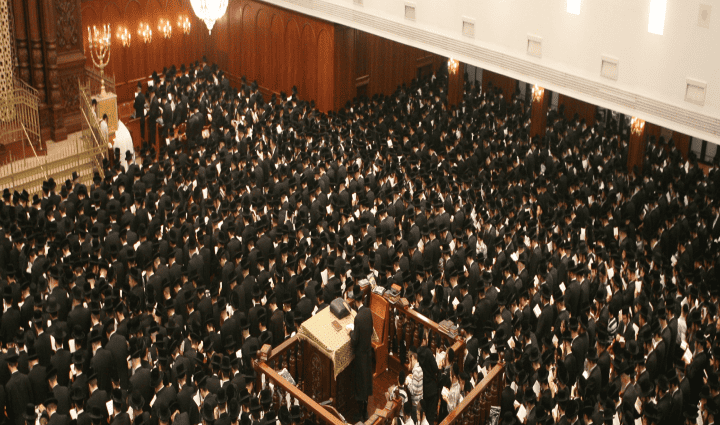
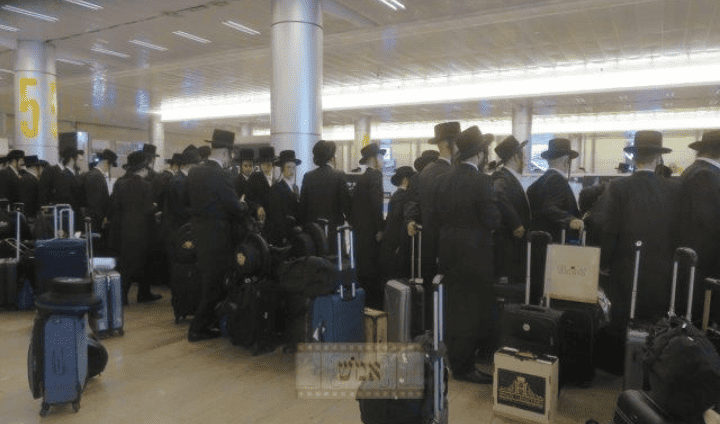
The new zman
The first day of Elul, marks the beginning of a new semester for Yeshiva students who will return from their summer break to the Yeshivas of Belz. Elul is also the time of year when hundreds of new students will arrive from various countries worldwide, including the USA, UK, Canada, and even Australia, to join the Yeshivas of Belz in Israel. There, they will study for the next few years until they’re ready to marry and build their own families.
Words of Guidance
After davening on Rosh Chodesh Elul, the Rebbe ascends the steps of the majestic Aron Kodesh to speak words of encouragement and guidance to thousands of Yeshiva students who fill the Big Shul. The Rebbe inspires them to grow in the Torah and service of Hashem, as well as to strengthen their interpersonal traits and to be there for one another. The Rebbe then gives a bracha to the students that they should have much success in the new z’man.
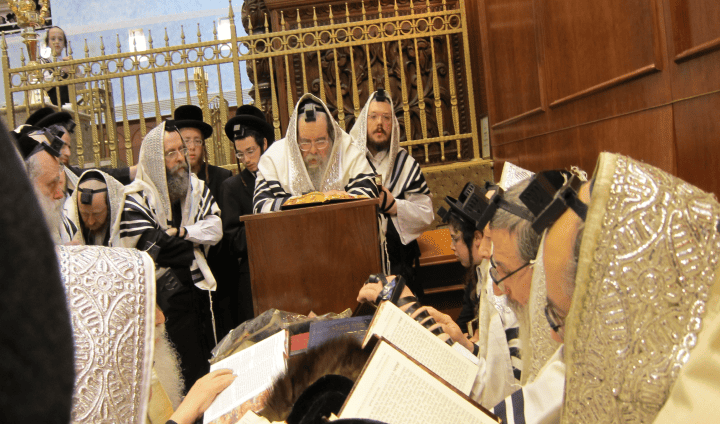
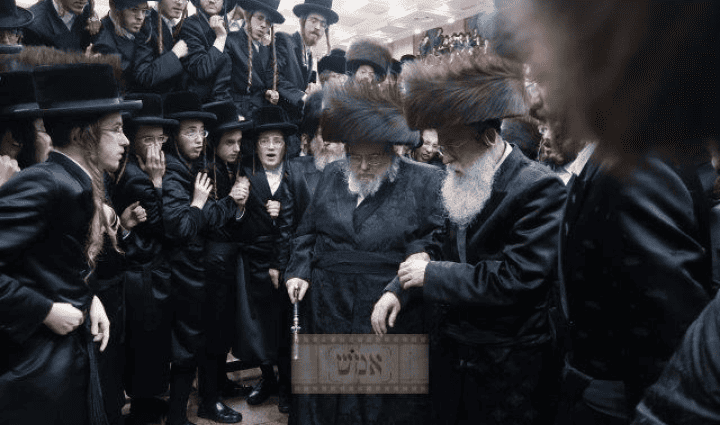
Passing the Rebbe
After the Rebbe finishes inspiring the students, they file passed the Rebbe to “gezegen” (say farewell) and to be wished “A Git Chodesh” (a good month) before boarding the waiting buses and heading out to the Yeshivas spread out around Israel. Now, the students who have arrived from countries abroad will approach the Rebbe to give “Shulem” (Welcome) and to receive a personal bracha from the Rebbe.
Visits from other Rabbonim
Throughout the month of Elul, many Rabbonim and Community Leaders will visit the Rebbe in his home. They will make a Lechaim and wish one another a Kesiva Vechasima Tova” (a happy new year). During these visits, they discuss the Torah and the Minhagim (customs) practiced during the Yamim Naroim (Days of Awe). The Rebbe, too, will visit other Rebbes and Rabbonim to wish them a Kesiva Vechasima Tova before the new year.
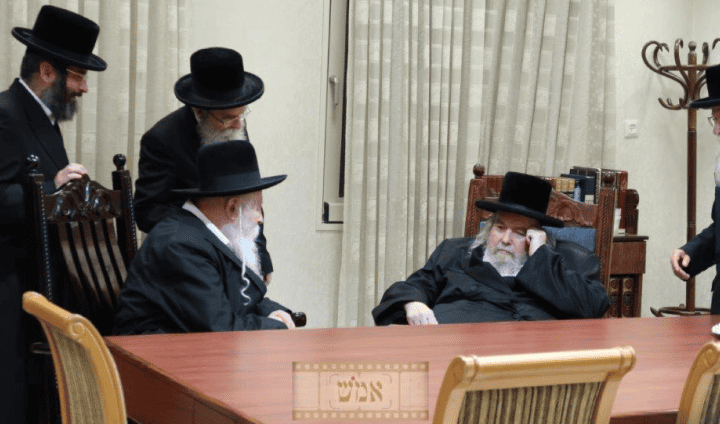
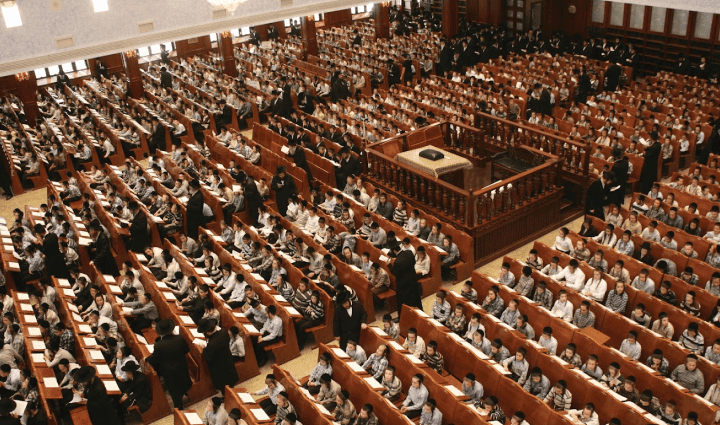
Prayers of the Children
While the pure tefilos of young children always have a special quality, they are most powerful in the days of Elul. During this month, thousands of young children from multiple schools around Jerusalem will gather in the Big Shul to recite Tehilim and special prayers for the merit of the Jewish Nation in the upcoming year. This event is incredibly heartwarming and inspiring.
The Special Tefillos
The Rebbe begins the Selichos prayers with an emotion-filled voice. Tears are shed by many as thousands sway to and fro in deep prayer. Being with the Rebbe on this occasion gives one a sense of awe and a feeling that he is standing by his father’s side and being assured that all his physical and spiritual needs will be met.
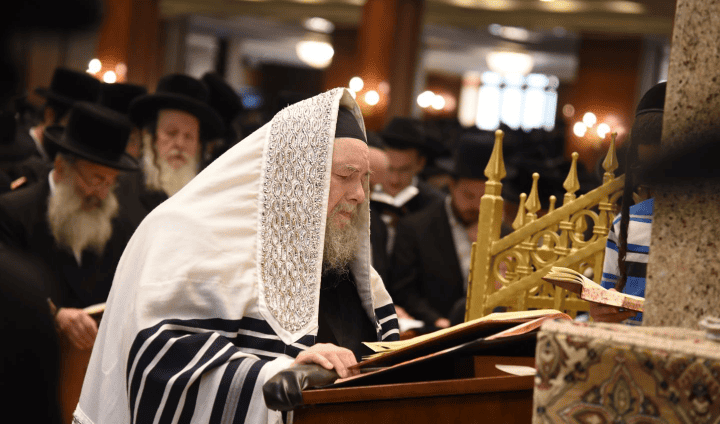
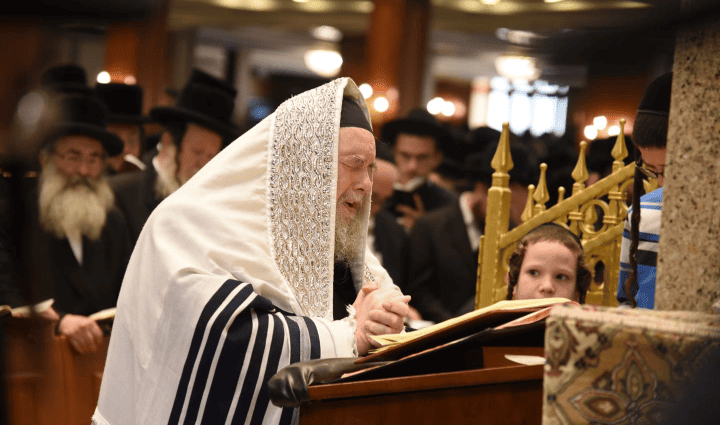
Shacharis and Tehillim
After Selichos concludes, Shacharis commences. All the prayers of this day are recited with extra emotion as feelings of awe and holiness begin to set in. Later in the day, the Big Shul will fill yet again, and the entire Tehillim will be recited. When reciting the special prayer upon completing the book of Tehillim, the Rebbe sheds copious tears as he begs Hashem to have mercy on the Jewish Nation and to bless them in the coming year.
Blowing the Shofar
After morning prayers during Elul and on Rosh Hashana, the arousing sound of the shofar, blown by the Rebbe, will be heard in the Court of Belz. The shofar blast inspires hearts and minds toward Teshuva during the month of Elul, as it signals the approach of Rosh Hashana and the urgency of preparation for the Day of Judgment.
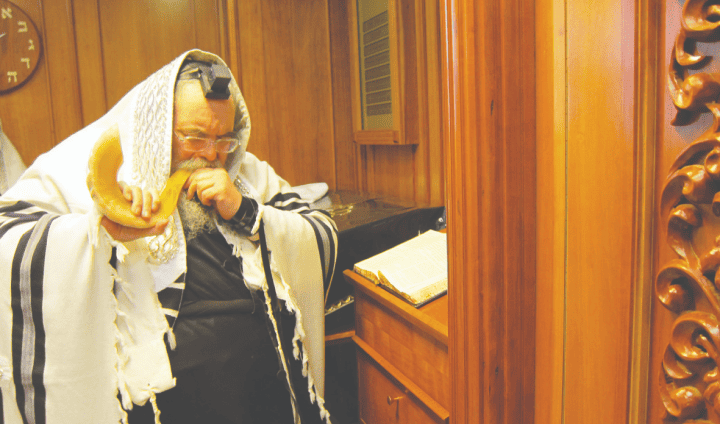

Rosh Chodesh Elul
Rosh Chodesh Elul marks the beginning of the “Di Heilige Teig” (The Holy Days) when a feeling of awe descends upon the Court of Belz. Hundreds of Chassidim and Yeshiva students will join the Rebbe in prayer in the Big Shul at the start of this special month. Over the coming weeks, tens of thousands of people will assemble here to pour out their hearts in prayer as they head into the new year.

The new zman
The first day of Elul, marks the beginning of a new semester for Yeshiva students who will return from their summer break to the Yeshivas of Belz. Elul is also the time of year when hundreds of new students will arrive from various countries worldwide, including the USA, UK, Canada, and even Australia, to join the Yeshivas of Belz in Israel. There, they will study for the next few years until they’re ready to marry and build their own families.

Words of Guidance
After davening on Rosh Chodesh Elul, the Rebbe ascends the steps of the majestic Aron Kodesh to speak words of encouragement and guidance to thousands of Yeshiva students who fill the Big Shul. The Rebbe inspires them to grow in the Torah and service of Hashem, as well as to strengthen their interpersonal traits and to be there for one another. The Rebbe then gives a bracha to the students that they should have much success in the new z’man.

Passing the Rebbe
After the Rebbe finishes inspiring the students, they file passed the Rebbe to “gezegen” (say farewell) and to be wished “A Git Chodesh” (a good month) before boarding the waiting buses and heading out to the Yeshivas spread out around Israel. Now, the students who have arrived from countries abroad will approach the Rebbe to give “Shulem” (Welcome) and to receive a personal bracha from the Rebbe.

Visits from other Rabbonim
Throughout the month of Elul, many Rabbonim and Community Leaders will visit the Rebbe in his home. They will make a Lechaim and wish one another a Kesiva Vechasima Tova” (a happy new year). During these visits, they discuss the Torah and the Minhagim (customs) practiced during the Yamim Naroim (Days of Awe). The Rebbe, too, will visit other Rebbes and Rabbonim to wish them a Kesiva Vechasima Tova before the new year.

Prayers of the Children
While the pure tefilos of young children always have a special quality, they are most powerful in the days of Elul. During this month, thousands of young children from multiple schools around Jerusalem will gather in the Big Shul to recite Tehilim and special prayers for the merit of the Jewish Nation in the upcoming year. This event is incredibly heartwarming and inspiring.

The Special Tefillos
The Rebbe begins the Selichos prayers with an emotion-filled voice. Tears are shed by many as thousands sway to and fro in deep prayer. Being with the Rebbe on this occasion gives one a sense of awe and a feeling that he is standing by his father’s side and being assured that all his physical and spiritual needs will be met.

Shacharis and Tehillim
After Selichos concludes, Shacharis commences. All the prayers of this day are recited with extra emotion as feelings of awe and holiness begin to set in. Later in the day, the Big Shul will fill yet again, and the entire Tehillim will be recited. When reciting the special prayer upon completing the book of Tehillim, the Rebbe sheds copious tears as he begs Hashem to have mercy on the Jewish Nation and to bless them in the coming year.

Blowing the Shofar
After morning prayers during Elul and on Rosh Hashana, the arousing sound of the shofar, blown by the Rebbe, will be heard in the Court of Belz. The shofar blast inspires hearts and minds toward Teshuva during the month of Elul, as it signals the approach of Rosh Hashana and the urgency of preparation for the Day of Judgment.

